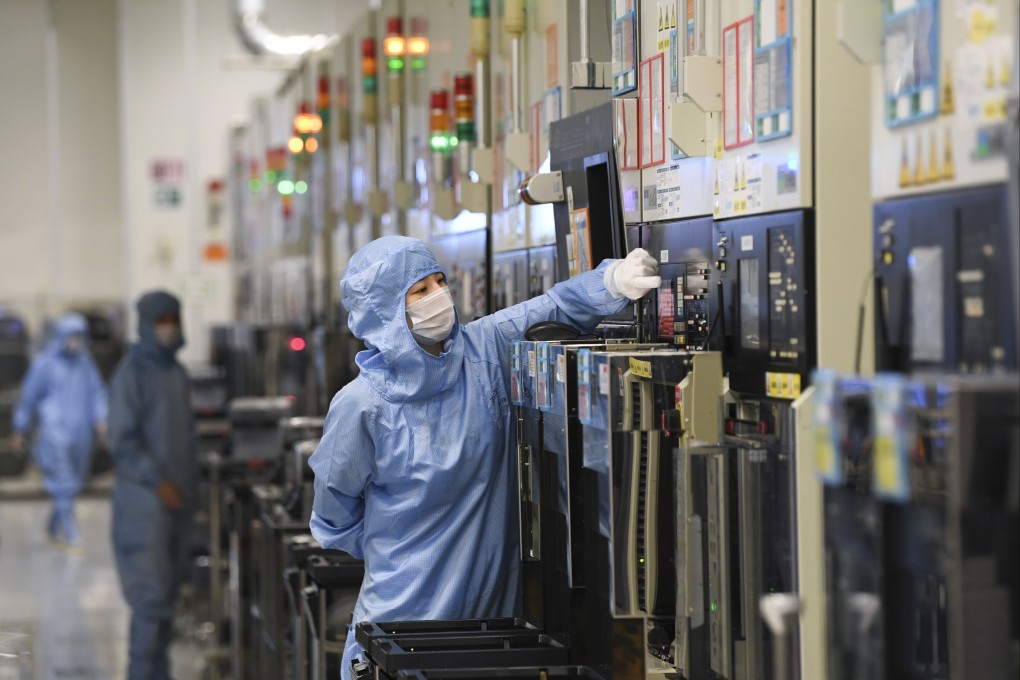As US tech war reshuffles value chains, China seen as having work to do to engineer hi-tech manufacturing edge
- Last year’s Inflation Reduction Act and the Chips and Science Act poured billions of dollars into efforts by Washington to reduce dependence on China
- China is seen to have retained top spot for mid-end manufacturing, but semiconductor and alternative energy products have been moving back to the US

As China and the United States battle for tech supremacy, the Washington-led global subsidy war is casting a long shadow over Beijing’s ambitions to become the leader in hi-tech manufacturing.
But while the policies would deliver desirable outcomes for the Biden administration, according to Hinrich Foundation senior research fellow Stephen Olson, any progress may take years.
Even if a certain amount of production can be shifted to the US, the US will still be dependent on China
“The most immediate challenge the US faces is that it lacks a sufficiently skilled workforce to take up many of the jobs related to chips production,” said Olson, a former trade negotiator with the Office of the US Trade Representative.
“Even if a certain amount of production can be shifted to the US, the US will still be dependent on China for many of the necessary inputs and raw materials.”
And according to a China International Capital Corporation report last week, China has retained the top spot for mid-end manufacturing, including general equipment manufacturing, electrical machinery and equipment manufacturing.
But the likes of semiconductor and alternative energy products have been gradually moving back to the US since late 2022 despite the higher production cost following the measures introduced by the Biden administration, it added.